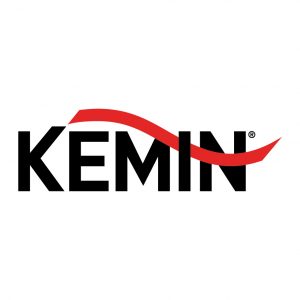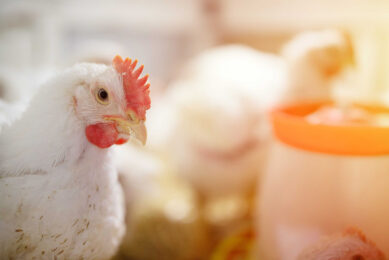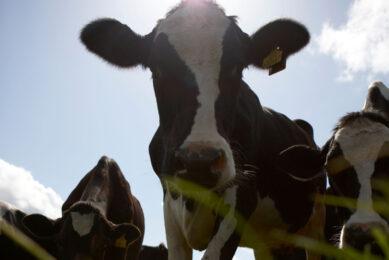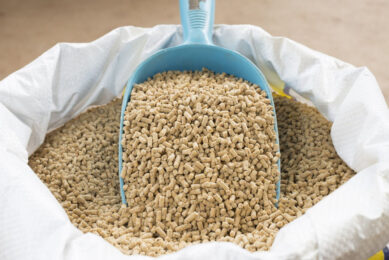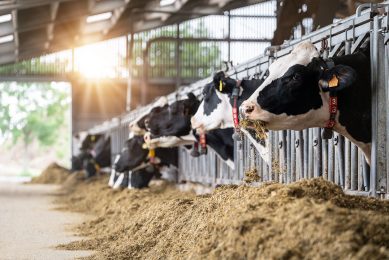Every healthy slaughter pig starts as a piglet
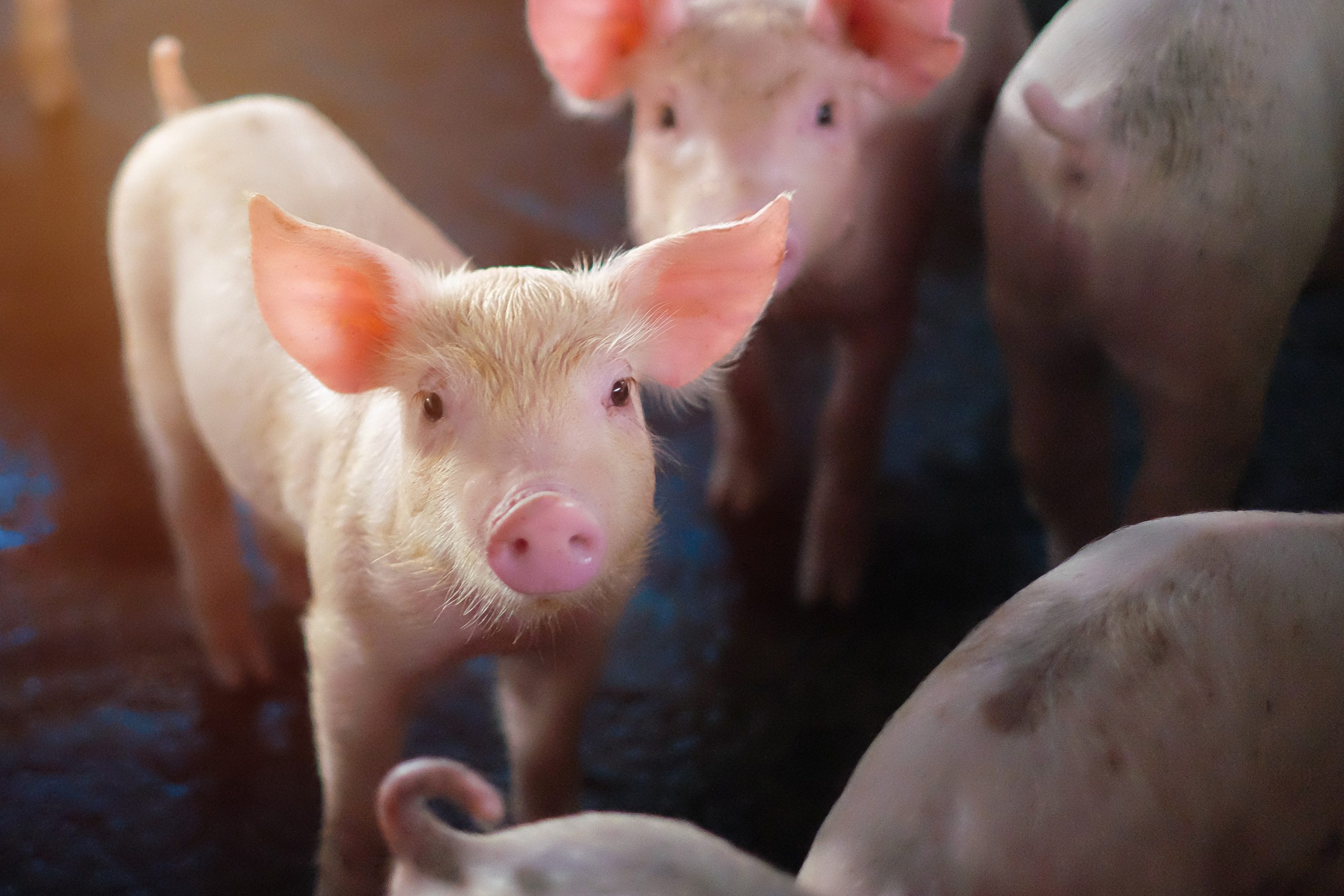
Weaning piglets without antibiotics is currently the biggest challenge in producing healthy and efficient swine. The main challenge is starting too late and only looking at managing the weaned piglet, a balanced approach starting with the late pregnant sow is needed to succeed. This article highlights the main factors to consider efficient digestion, appropriate immune status and microbiome management when producing piglets with as little antimicrobials as possible.
Only a healthy sow can produce a large litter of even weight and good health. Then she has to provide them with sufficient milk to grow and develop vital systems such as a mature immune system. Providing enough milk is a physiological challenge for the sow, with her milk having approximately twice the energy (5.3 MJ GE/kg) and fat of cow’s milk (2.7 MJ/kg). Therefore, without a fit sow there can be no healthy piglets.
Pre-Weaning
The sow’s contribution to piglet health goes further in the pre-weaning period. Piglets gastro-intestinal tract is only beginning to establish a microbiome of its own after birth. The sow contributes to this in two ways.
- Sow’s milk, contains prebiotic sugars that encourage a rapid colonisation with Lactobacillus and Bifidobacterium. As the piglet and its immune system develop the microbiome diversifies from this. Additionally, the milk is responsible for a transfer of maternal immunity to the piglet.
- The primary colonisation of the microbiome comes from secretions of the sow, faeces and the environment. The sow has no influence over which part of her microbiota she passes on to the piglet. A healthy sow with a balanced microbiome can supply large quantities of positive microbiota to her litter.
The sow has a developed immune system, so while she might appear healthy, she might still pass on harmful bacteria such as aggressive E. coli to her piglets. Considering the immature immune system of the piglets, only they may show disease which was passed on by the dam.
Weaning
Piglets are weaned at unphysiologically early ages. Two systems are most affected, the gastro intestinal tract and the immune system. The gastro intestinal tract is affected by a change in microbiome, mechanical damage, and inflammation as reaction to the stresses (social, nutritional, handling) of weaning.
The effects are aggravated by the immature immune system which has not developed a full adaptive immune response and is therefore relying more on the innate immune response. Piglets are at a substantial risk of disease and translocation of pathogens from the intestinal tract at weaning.
How is this weaning supported?
Practices differ between countries, but wherever possible, piglets receive their first antibiotics (Colistin, Amoxycillin, CTC, Lincomycin, Tiamulin, Tylosin) already before weaning in an attempt to reduce potential pathogens. The damage to the desirable microbiome however makes piglets even more susceptible to those organisms that have widespread antibiotic tolerance such as Salmonella. In the US, antibiotic resistance in Salmonella has been reported at levels up to 78% for commonly used antibiotics.
After weaning, levels of zinc oxide of up to 2800ppm are used to manage intestinal health. This is working to a point; however, it makes absorption of crucial minerals such as iron very challenging for the treated piglets.
How can we help the piglet’s health effectively without resorting to antibiotics?
Even where legal, administering antibiotics to piglets has negative side effects and even zinc oxide has downsides (mineral absorption effect). There is no single solution how to replace one or two antibiotics and zinc oxide with a single component. Feed can help support piglets without antimicrobials in several ways.
- Reducing the buffering capacity of the feed with low protein levels and non- buffering calcium sources such as Formyl. This enables piglets to digest feed, they are not quite physiological ready for, due to lack of acid production. In very young piglets of 8kg or less, additional free acids, such as Acid Lac can help to assure protein digestion.
- As little as possible protein and free nutrients in the hindgut. Feed formulation can contribute to this with easily digestible ingredients but also using multienzymes (e.g. Kemzyme) to help the piglet digest at the level of a more mature animal. Fewer nutrients in the hindgut have been linked to a reduced risk of dysbiosis, again making the piglet more resistant.
- Young piglets rely more on their innate immune response than older animals. Especially at times of stress, a modulation (e.g. with Aleta) of this can help maintain their resilience, when faced with potential pathogens.
- Establish and maintain positive microbiome as early as possible, so do not supply a probiotic at weaning, start supplying it to the sow. Clostat for example is registered both for sows and piglets, to manage the piglet’s microbiome from birth to after weaning.
Conclusions
It is possible to reduce the use of antibiotic and zinc oxide in piglets. However, there is no simple solution that can cover all risks to piglet’s health at young weaning ages and weights under 8kg. Ensuring acidification of the stomach content, a good digestibility of the feed, a primed immune system and modulation of the microbiome together however can maintain piglets’ health.


